Treatment for joint pain
Body Part:
Full Body
Equipment:
None
Level:
Beginner
Body Part:
Full Body
Equipment:
None
Level:
Beginner
Our joints are involved whether we’re moving forwards, backwards, sideways, making a hinge or circular motion. Joints help make possible everything from small, daily activities like toothbrushing to intense full-body sports like triathlons. Joint pain, even if it’s mild, can have a considerable impact on our quality of life. Although joint pain is most commonly felt in the knees, hips, spine, and shoulders, any body part can be affected. Joint pain can cause tenderness, stiffness, swelling, and limited mobility; it may be the result of joint inflammation. You may notice that your joints feel stiff when you first wake up in the morning but loosen as you begin to move. Stretching is an easy way to manage mild to severe joint pain. (Resting affected joints may increase pain.) We’ve developed a full-body exercise routine that can help ease pain and stiffness, improve your range of motion, and increase your flexibility. This routine may help relieve arthritis pain. All you need to perform our treatment for joint pain is a chair and a pillow. You’ll find our exercise video and step-by-step instructions below. Keep reading if you’d like to learn more about your joints, movement, and joint pain.
A joint connects two or more bones. Most of the 360 joints in our bodies are mobile, helping our bones to move. Between the joints and bones is cartilage, a protective tissue that keeps the bones from rubbing against each other. Our joints are lined with synovium, a soft-tissue membrane that produces synovial fluid. Also known as joint fluid, synovial fluid is a thick, sticky liquid that lubricates our joints, ensures smooth movement, and nourishes the cartilage. Tough, elastic bands called ligaments hold our joints in place and connect bones to other bones. Our bones are connected to muscles by flexible cord-like tissue called tendons.
We can move our joints thanks to our muscles and fascia. Fascia is a connective tissue made mostly of collagen that covers your organs, bones, muscles, joints, and blood vessels. When you move, your fascia stretches. If your lifestyle is sedentary, or most of your movement is unilateral (perhaps because of your job), your muscles can lose strength and become stiff, and your fascia can tighten around your muscles. Weak, stiff muscles and tight fascia can compress your joints, causing wear, tear, and pain.
You may be experiencing joint pain because of a condition. Common conditions that cause joint pain include:

Sign up for our free newsletter and discover how to manage your pain yourself. Every two weeks, we’ll deliver follow-along videos and articles to your inbox.

While holding this position, check to make sure that your spine is straight and your left shoulder is down.
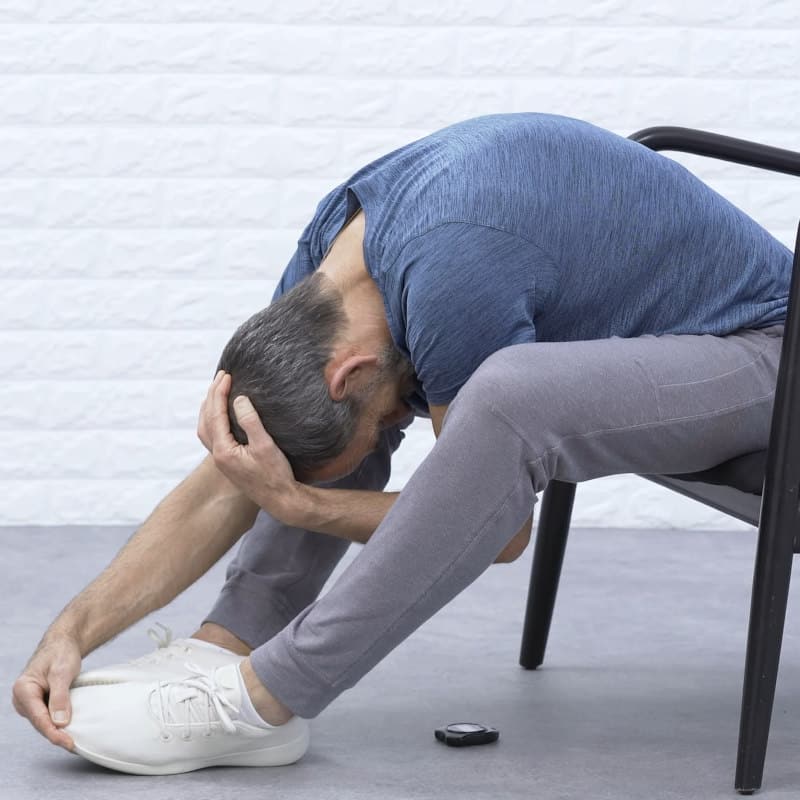
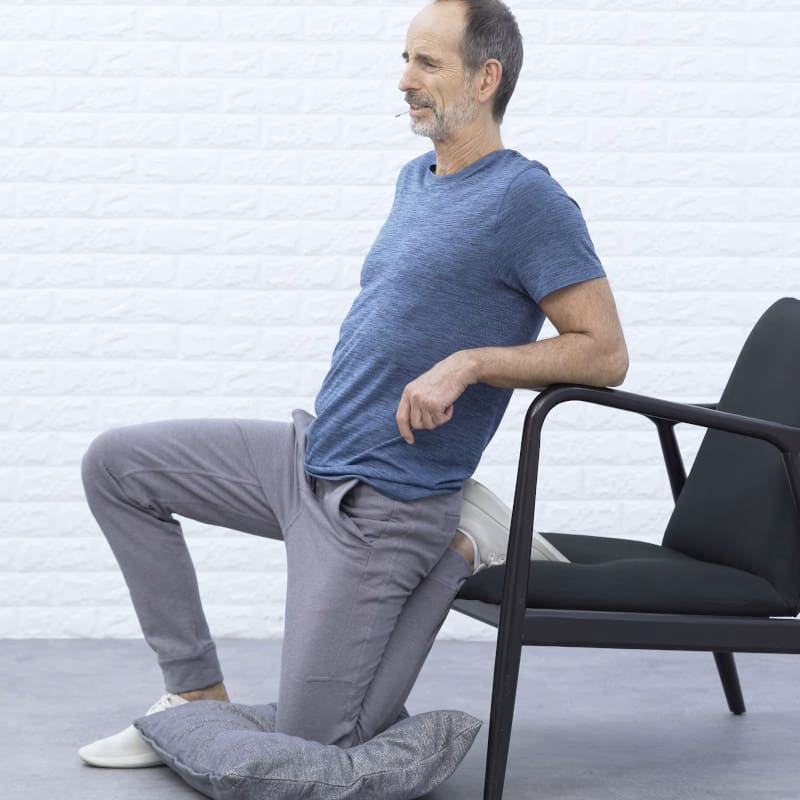
Place a cushion at the foot of the chair.
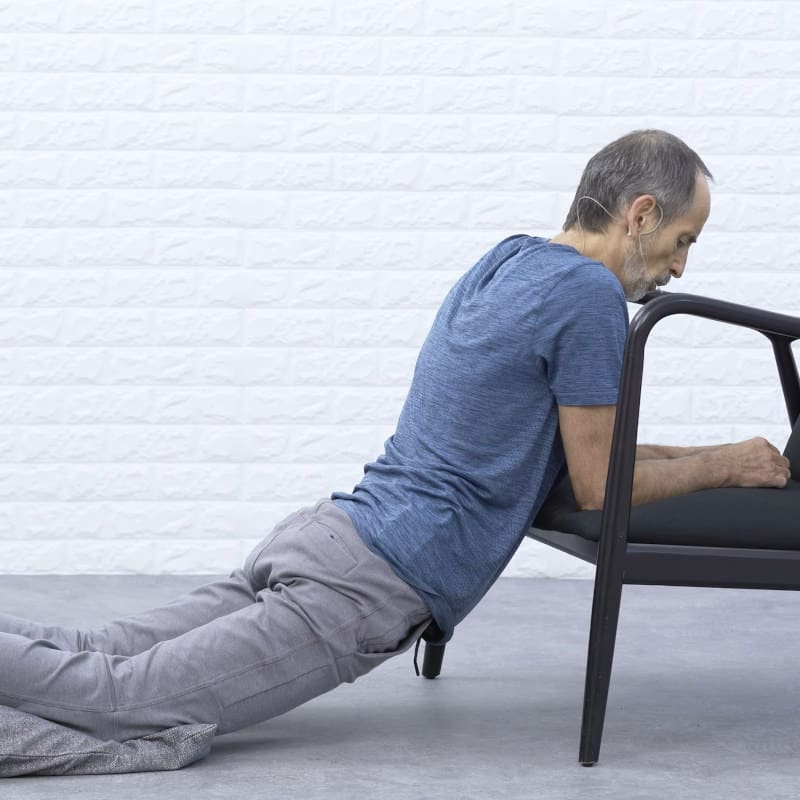
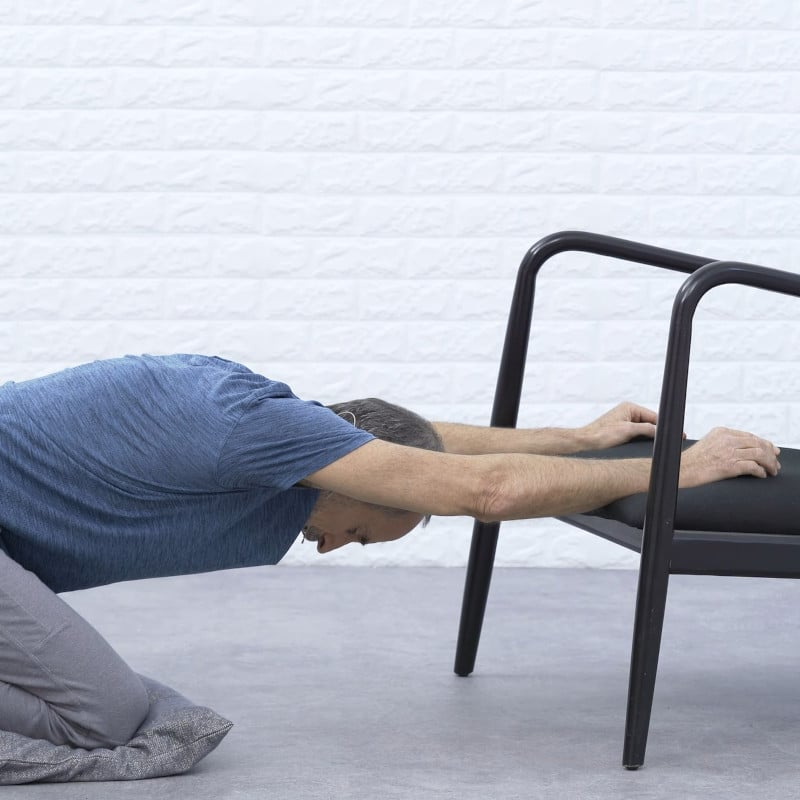
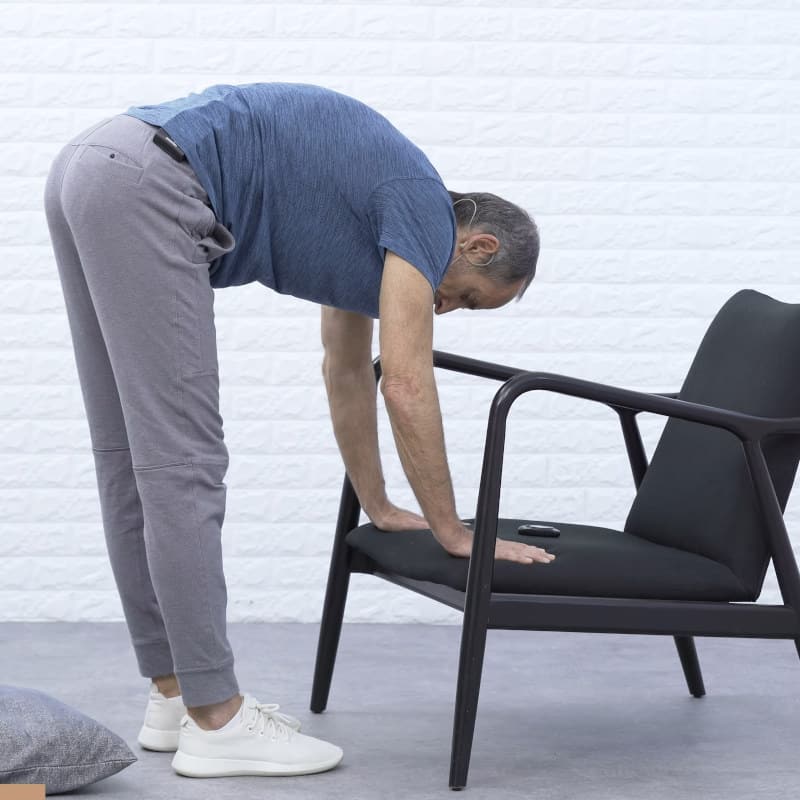
Move the cushion away from the chair.
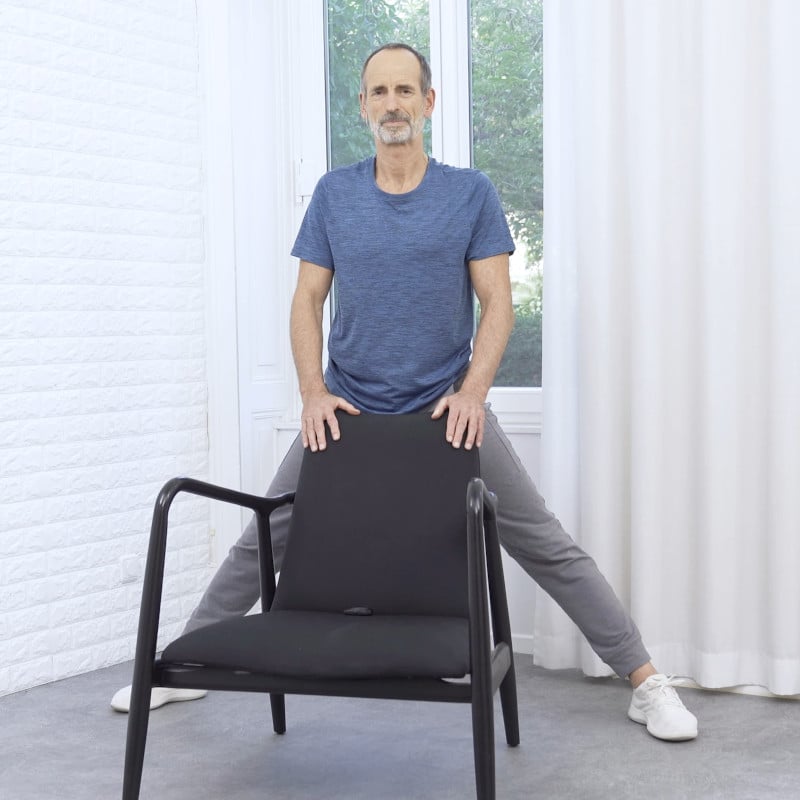
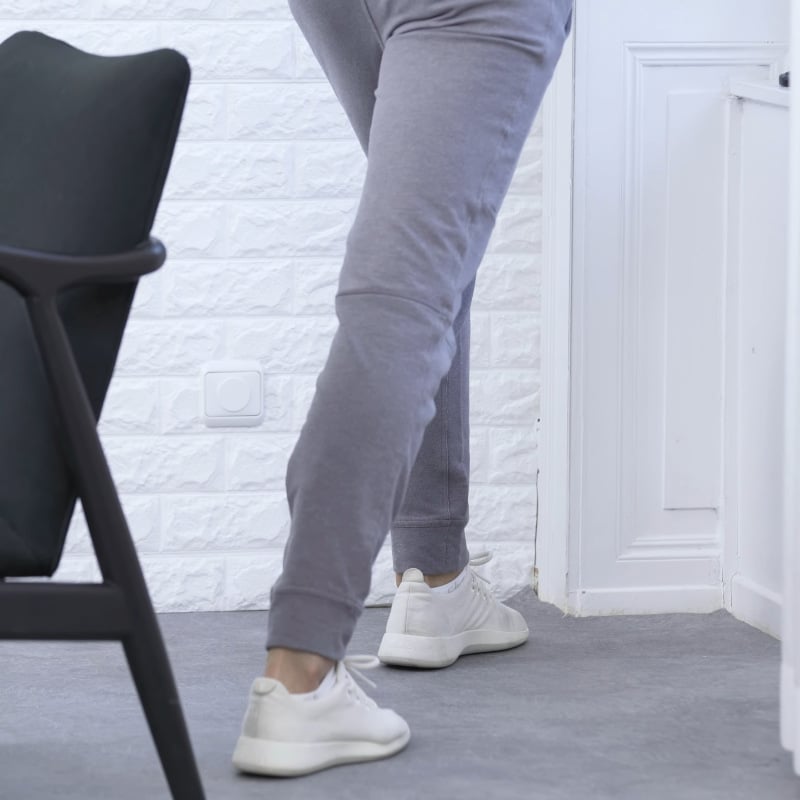
We recommend that you perform our treatment for joint pain 6 days a week and leave 1 day for rest. Continue while pain persists.

Sign up for our free newsletter and discover how to manage your pain yourself. Every two weeks, we’ll deliver follow-along videos and articles to your inbox.
Then we would be happy if you shared it with your friends: